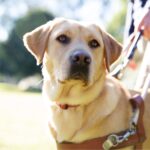The challenges
What's the problem?
People who are blind or have low vision travel like anyone else. Whether it’s for a holiday, visiting friends and family, work, or sport, travel is an essential part of life.
For most sighted people, planning a trip is straightforward but for people with low vision or blindness, every stage of the journey can present unnecessary barriers. Inaccessible booking websites and boarding information, and limited on-the-ground support can leave travellers without access to their navigation aids. What should be a simple journey can quickly become exhausting and stressful.
Our research shows 82% of people with blindness or low vision experience challenges in public spaces or transport, especially airports.
The opportunity
Why now?
Access challenges often go beyond inconvenience – they can be discriminatory.
The Australian Federal Government is currently reforming both the Disability Discrimination Act and the aviation sector through an Aviation White Paper, with a focus on disability inclusion.
This is our chance to change travel for good and show the rest of the world how it’s done.
The solution
Get ready for takeoff!
Destination 2030 charts a course for a more inclusive aviation industry. We’re lobbying the Federal Government, raising awareness, developing partnerships, and supporting the rights of people with low vision or blindness so every journey from booking a flight to arriving at accommodation can be navigated with confidence.
The runway for change is clear, join us on the journey.
We are your trusted travel guides, helping you navigate the path to inclusive travel. With our expertise in accessibility and independence, we provide the tools and solutions you need to tackle challenges, improve experiences, and create a journey that’s built for every traveller. Journey with us to world-leading accessible and inclusive travel.
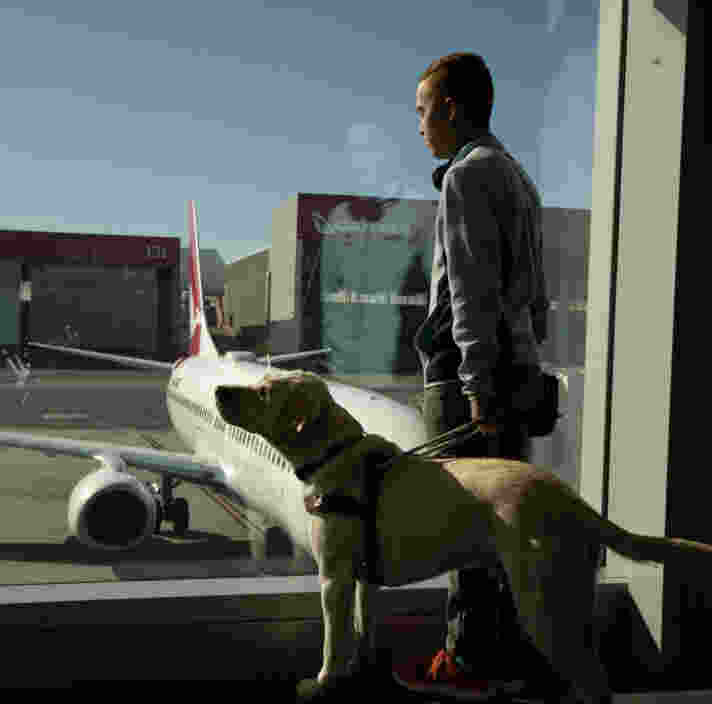
Case studies
Welcome to the Flight Deck
Explore real stories from people with low vision or blindness to understand the challenges and the solutions.
Margaret
Situation
Margaret, a blind professional who uses a white cane, disembarks from her flight and is assisted through the airport to a taxi. She requests guidance to an accessible bathroom.
Problem
Margaret is led into a room that has no recognisable features of a bathroom. She quickly realises she has been guided to the assistance animal toilet instead.
Solution
In-person disability awareness training combined with active listening skills training for aviation staff to improve guidance and understanding.
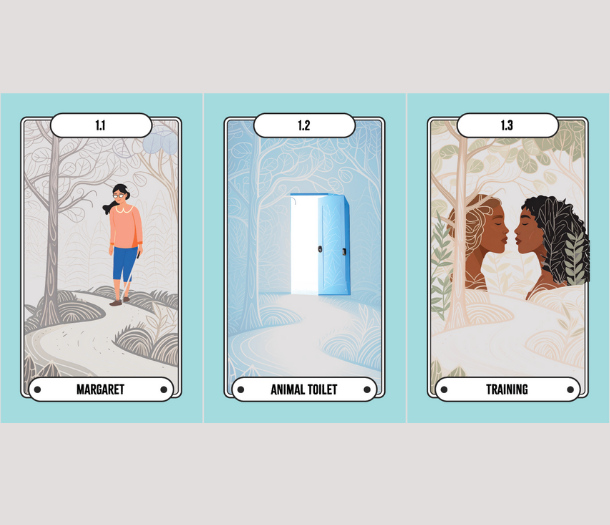
The Edwards Family
Situation
Travelling domestically with her husband and five-year-old son, the family requested meet and assist support to collect their bags and find a taxi. The husband is completely blind and the mother is partially blind and partially deaf.
Problem
The flight crew assumed the family wanted to use a buggy, despite no request being made. When meet-and-assist staff arrived, they said it was unsafe to take a child on the buggy.
During the confusion, the family’s five-year-old son was taken away by a crew member without permission. When the parents expressed concern and distress, the response failed to acknowledge the seriousness of the situation.
Solution
Transparent training standards and accountability through consistent reporting of incidents, complaints, and resolutions across the aviation sector.
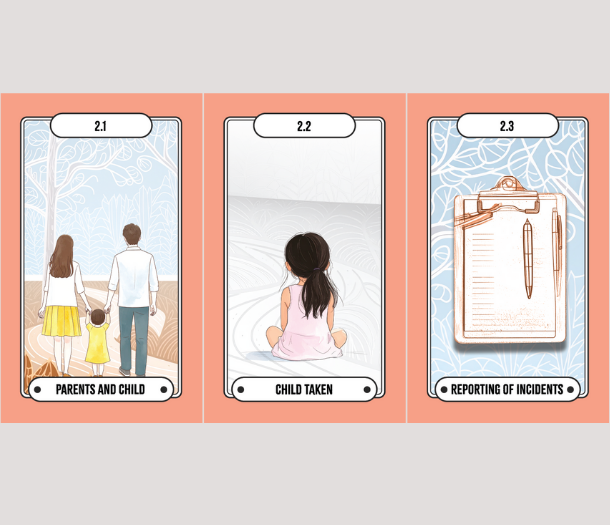
Reagan
Situation
As Reagan began walking through the security scanner, she was told she couldn’t pass through with her white cane. She placed it in the tray and was directed through the scanner by following a security agent’s voice.
Problem
Reagan was left alone without her cane on the other side, unsure of where her belongings were, and received no assistance.
Solution
Aviation standards that ensure mobility aids remain with their user and alternative security techniques are provided.
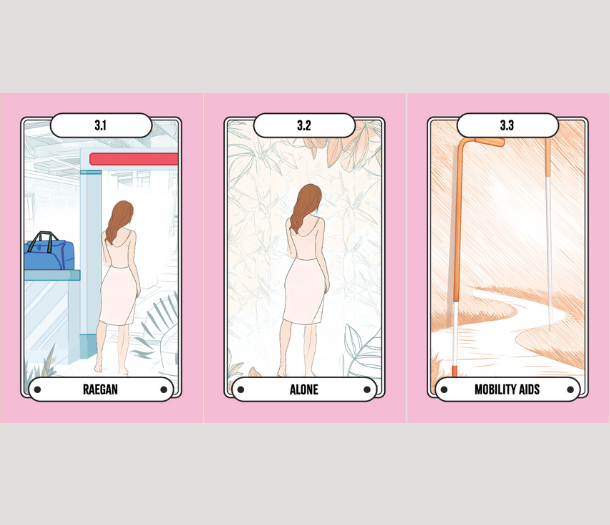
Ron
Situation
Ron ordered a taxi to take him and his Guide Dog to the airport for a business flight.
Problem
Three taxis in a row cancelled the ride after seeing his Guide Dog, putting him at risk of missing his flight.
Solution
Stronger penalties and enforcement for drivers who break the law, along with mandatory reporting of complaints and fare refusals.
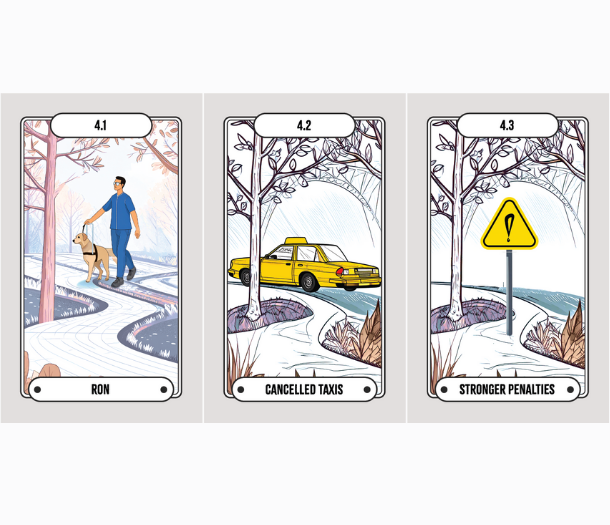
Blake
Situation
Blake books a flight over the phone because the airline’s website is inaccessible and doesn’t allow him to add his Guide Dog to it. The booking process takes an hour and a half, requires detailed measurements, weight, breed, sex, name, and age of his dog before he receives an authorisation letter to board.
Problem
Blake assumes his dog’s details will be saved to his profile for future flights but he is disappointed to find he must provide all information again for every flight he takes.
Solution
An accessible online booking process that allows assistance animals to be added, with their details securely saved for future travel with permission.
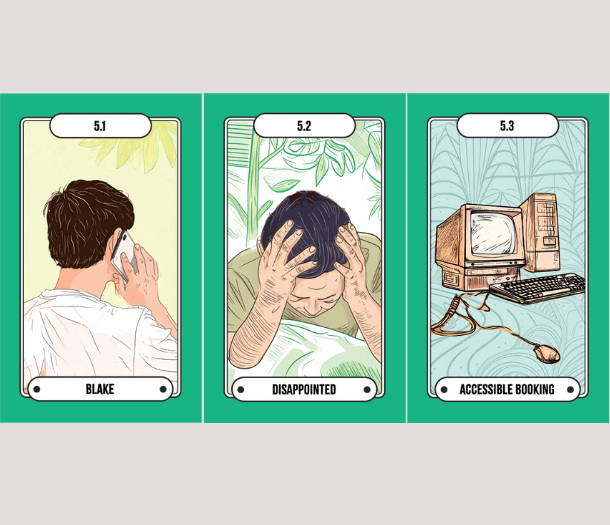
Resources for people with blindness or low vision
Equal access is a fundamental right for all Australians.
Knowing your rights and advocating for yourself is a crucial step towards removing barriers and ending discrimination in aviation travel.
People travelling with a harnessed Guide Dog are allowed entry into all public places, including airports, taxis, and rideshares. Denying entry or charging extra for a Guide Dog is illegal and police and authorised officers can take action if these rights are violated.
We’re here to support you every step of the way. Hear from others about their travel experiences and access practical tools and tips for self-advocacy.
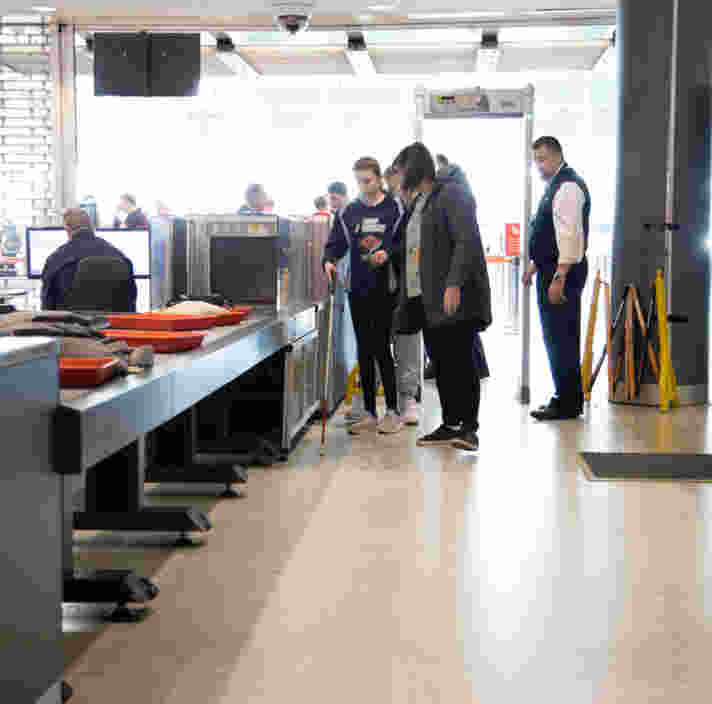
Resources for the aviation industry
Make every flight accessible and welcoming
Creating inclusive travel experiences isn’t just the right thing to do – it can improve customer satisfaction, build loyalty, and set your service apart.
For people with blindness or low vision, small adjustments can transform a stressful journey into one that is smooth, safe, and enjoyable.
We’ve developed practical guides to help you understand accessibility, why it matters, and how these changes can make a big difference, both for travellers and your business.

Resources, tools and tips.
-
Download
Aviation White Paper—Towards 2050
Ready to continue?
Seems like you have filled this form earlier. Let’s pick up where you left off.
